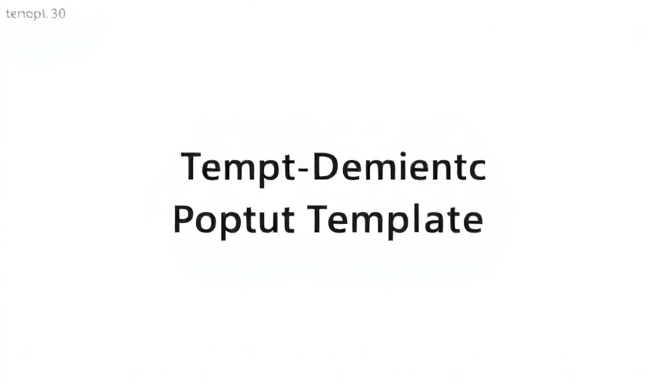
What are Prompt Templates?
At its core, interacting with a large language model (LLM) involves sending it a piece of text, known as a prompt, and receiving a response. This prompt serves as the instruction, context, or question that guides the LLM's output. For simple, one-off queries, typing a direct prompt into a chat interface or API call is perfectly adequate. However, when building applications that require repeated interactions or dynamic inputs, this manual approach quickly becomes cumbersome and inefficient.
Imagine you're building an application that summarizes articles based on user-provided links or generates product descriptions from a database entry. Each interaction requires a prompt that includes not just the core instruction (like 'summarize this article' or 'write a product description'), but also the specific data for that particular request (the article text or the product details). Manually constructing each unique prompt for every user request is not scalable.